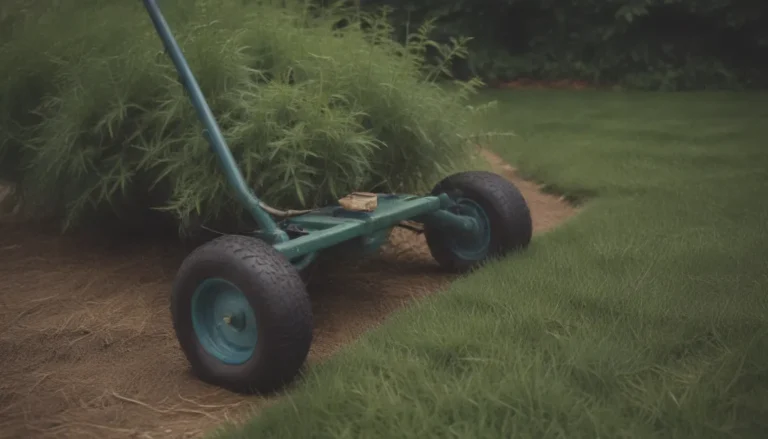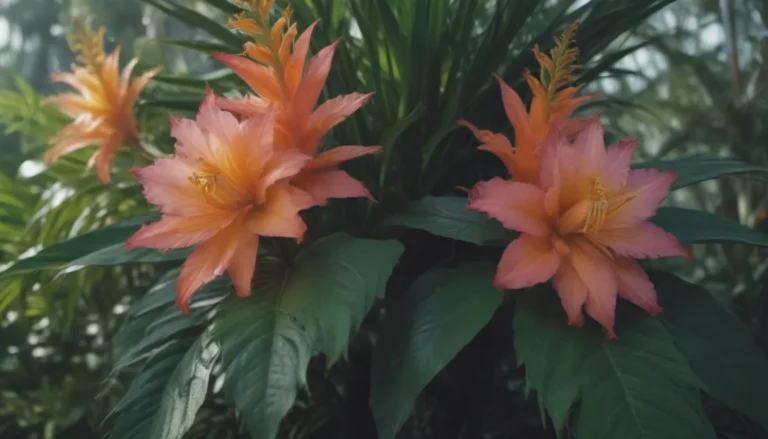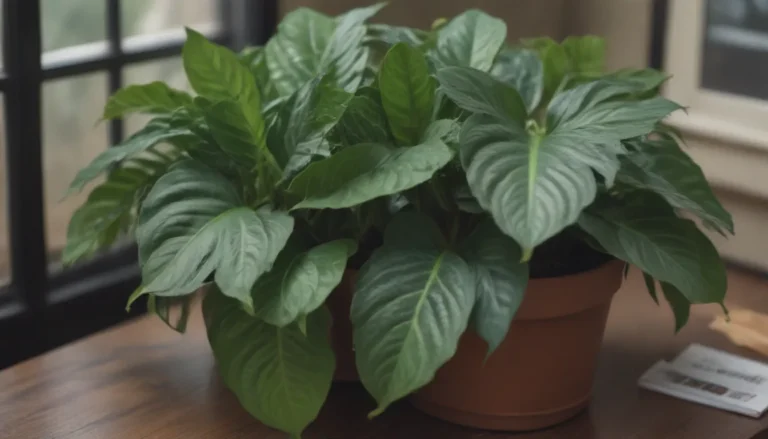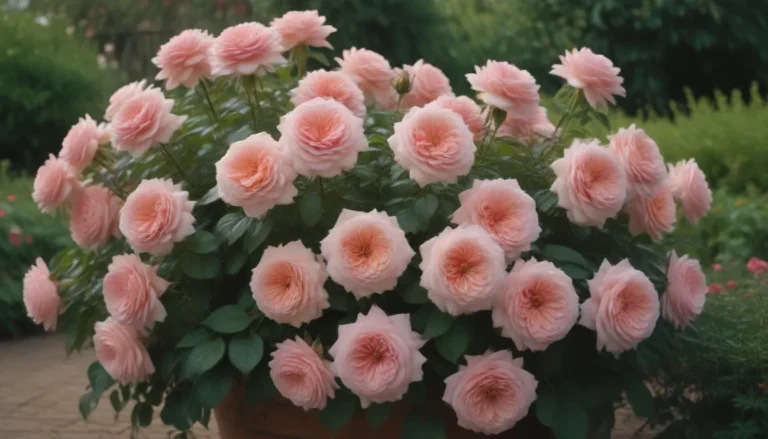Mastering Weed Control: A Comprehensive Guide to Organic Solutions
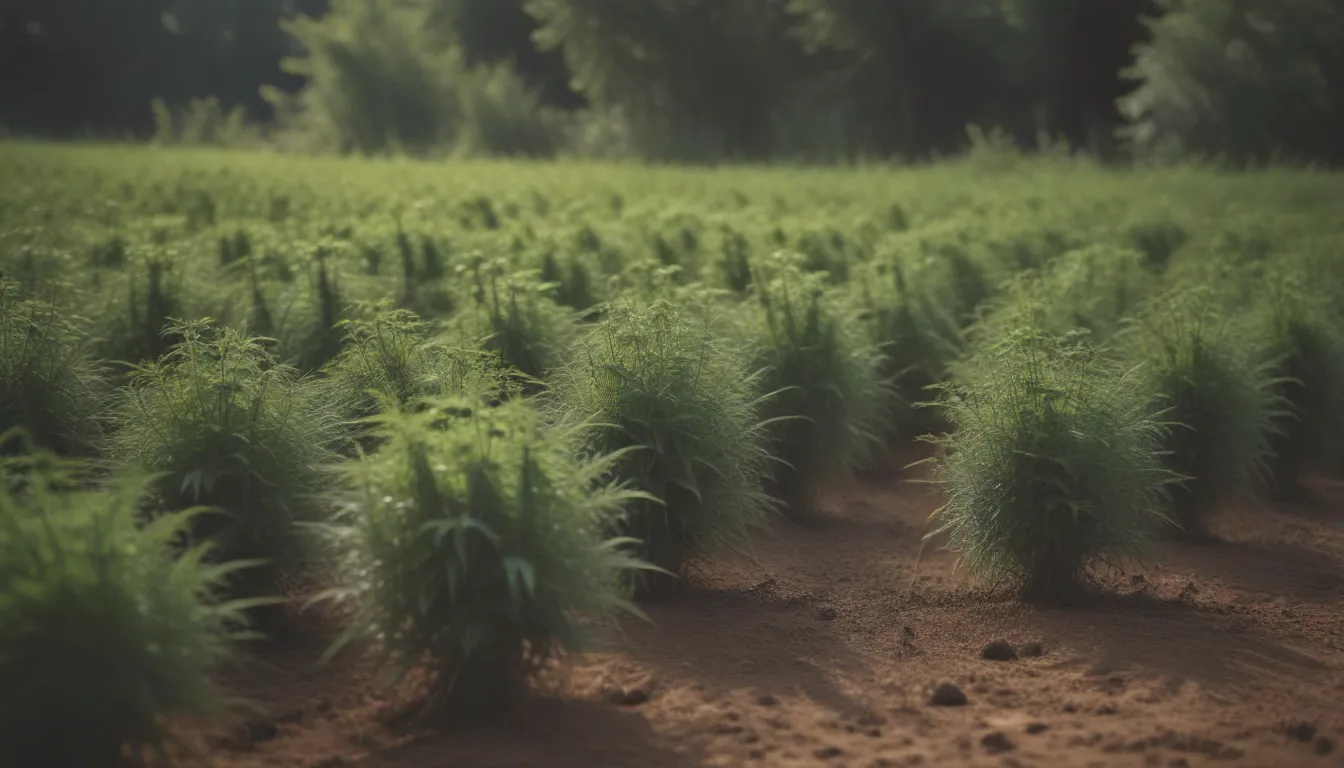
Welcome to our in-depth guide on tackling weed control without chemicals. Say goodbye to the days of spending hours on your hands and knees pulling stubborn weeds. We’re here to show you how to effectively manage weeds in your vegetable gardens, driveways, flower borders, planting beds, and lawn areas using safe and environmentally friendly methods. By combining various strategies and techniques, you can maintain a weed-free environment while staying true to your organic principles.
Establishing Your Foundation
Before diving into weed control tactics, it’s essential to lay a solid foundation for your gardening efforts. By taking these proactive steps, you can set yourself up for success from the start:
- Prepare the Ground:
Before planting, ensure the soil is properly prepped and free from existing weeds. This will help prevent weed growth before it even begins. - Utilize Landscape Fabric:
Consider using landscape fabric as a barrier to prevent weeds from penetrating through to the soil. This can help prolong the lifespan of your mulch and reduce weed growth.
Harnessing the Power of Pre-Emergent and Post-Emergent Organic Herbicides
Organic herbicides offer effective solutions for combating weeds at different stages of their growth cycle. Here’s how you can incorporate pre-emergent and post-emergent herbicides into your weed control plan:
- Pre-Emergent Herbicides:
These herbicides target weed seeds in the soil, preventing them from germinating and sprouting. Corn gluten is a popular option for organic weed control, particularly against pesky crabgrass. Just remember to avoid using it in areas where you’re sowing seeds, as it can suppress desirable plants as well. - Post-Emergent Herbicides:
Once weeds have emerged, post-emergent herbicides like vinegar can be used to selectively target and eliminate unwanted plant growth. However, be cautious as vinegar is a non-selective herbicide and can harm other plants if not applied carefully.
Crowding Out Weeds with “Good” Plants
A proactive approach to weed control involves creating a competitive environment where desirable plants outcompete weeds for essential resources. Consider these tactics for naturally crowding out weeds:
- Healthy Lawns:
Well-cared-for grass can prevent weed growth by covering the soil surface and utilizing nutrients, water, and sunlight more efficiently. Regular lawn maintenance and strategic treatments like corn gluten application can help create a weed-resistant turf. - Perennial Beds:
Planting perennials closely together or incorporating ground covers can minimize bare soil patches that weeds thrive in. Be vigilant against invasive plants that may resurface unexpectedly and require ongoing attention.
Strategically Dealing with Persistent Weeds
Even with preventive measures in place, some weeds may still find their way into your garden. Here’s how to handle them effectively:
- Easy Weed Removal:
Weeds that manage to grow in mulched areas are typically easier to pull out compared to those rooted in soil. Keep your landscape fabric and mulch in good condition to make weed removal a breeze. - Moisture Matters:
When tackling weeds, moist soil makes it easier to extract them from the ground. Consider watering the area before weeding to loosen the roots and facilitate removal.
Conclusion
By implementing a combination of proactive measures, organic herbicides, and plant crowding strategies, you can effectively manage weed growth without the need for harmful chemicals. Remember to maintain regular upkeep of your garden and stay vigilant against potential weed invasions. With a little effort and smart planning, you can enjoy a thriving, weed-free outdoor space that aligns with your organic gardening principles.
For more expert tips and guidance on weed control, consult resources like the Guide to Effective Weed Control from Oklahoma State University. Happy gardening!
